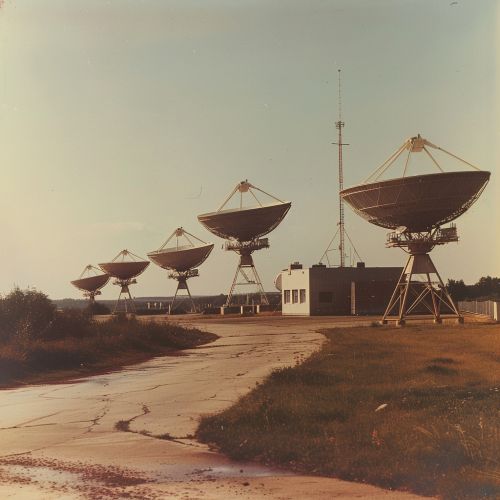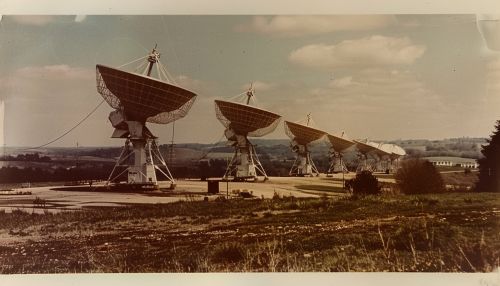Signals intelligence
Introduction
Signals intelligence (SIGINT) is a type of intelligence-gathering method that involves the interception and analysis of signals, whether they are communication signals (COMINT) or electronic signals (ELINT). This type of intelligence plays a crucial role in strategic, operational, and tactical levels of decision-making in both military and civilian contexts.


History
The practice of signals intelligence dates back to the early 20th century, with the advent of radio communication. During World War I, both the Allies and Central Powers used SIGINT to intercept and decode enemy messages. This practice became even more prevalent during World War II, with the British cracking the German Enigma machine and the Americans breaking the Japanese Purple code, both significant achievements in the field of Cryptography.
Types of Signals Intelligence
Signals intelligence can be divided into three main categories: COMINT, ELINT, and Foreign Instrumentation Signals Intelligence (FISINT).
Communication Intelligence
COMINT involves the interception and analysis of enemy communications. This can include anything from radio communications between ground troops to encrypted diplomatic messages. COMINT is often used to gain insight into enemy plans and strategies, as well as to assess their capabilities and intentions.
Electronic Intelligence
ELINT involves the interception and analysis of non-communication signals. These can include radar signals, weapon system signals, and other types of electronic emissions. ELINT is often used to determine the capabilities and locations of enemy radar and weapon systems.
Foreign Instrumentation Signals Intelligence
FISINT involves the interception and analysis of foreign telemetry, instrumentation, and other data signals. These signals are often produced by testing and development of foreign weapons systems, and can provide valuable information about their capabilities and performance.
Collection Methods
There are several methods used to collect signals intelligence, including ground stations, ships, aircraft, and satellites. The specific method used often depends on the type of signal being intercepted and the location of the source.
Ground Stations
Ground stations are often used to intercept signals from a fixed location. These stations can be equipped with a variety of antennas and receivers to intercept a wide range of signals.
Ships
Ships can be equipped with SIGINT equipment to intercept signals while at sea. This can be particularly useful for intercepting signals from coastal installations or other ships.
Aircraft
Aircraft can be equipped with SIGINT equipment to intercept signals from the air. This can allow for the interception of signals from a wide area, and can be particularly useful for intercepting signals from mobile sources.
Satellites
Satellites can be used to intercept signals from space. This can allow for the interception of signals from a very large area, and can be particularly useful for intercepting signals from countries or locations that are otherwise difficult to access.
Analysis and Processing
Once signals have been intercepted, they must be analyzed and processed to extract useful information. This can involve a variety of techniques, including signal analysis, cryptanalysis, traffic analysis, and content analysis.
Signal Analysis
Signal analysis involves the technical examination of a signal to determine its characteristics, such as its frequency, modulation, and bandwidth. This can provide information about the type of equipment used to produce the signal, as well as its location and capabilities.
Cryptanalysis
Cryptanalysis involves the study of cryptographic systems with the aim of deciphering encrypted messages. This can be a complex and time-consuming process, but can provide valuable information if successful.
Traffic Analysis
Traffic analysis involves the study of communication patterns, such as the frequency and timing of messages, to gain insight into enemy activities and intentions.
Content Analysis
Content analysis involves the study of the actual content of intercepted communications. This can provide direct information about enemy plans and strategies, as well as their capabilities and intentions.
Legal and Ethical Considerations
The practice of signals intelligence raises a number of legal and ethical considerations. In many countries, the interception of communications is heavily regulated, and may require a warrant or other legal authorization. There are also concerns about privacy and civil liberties, particularly when signals intelligence is used to intercept the communications of private individuals.
